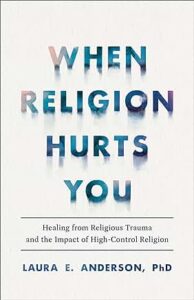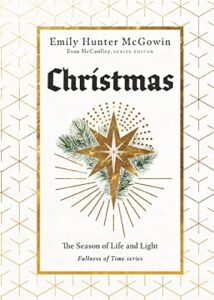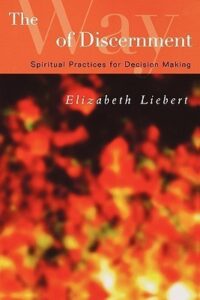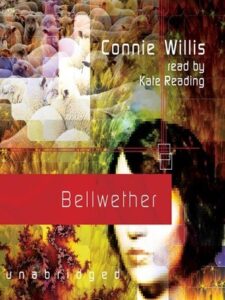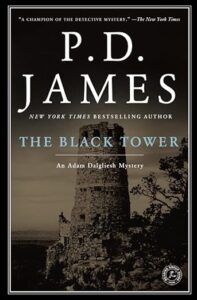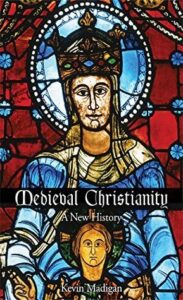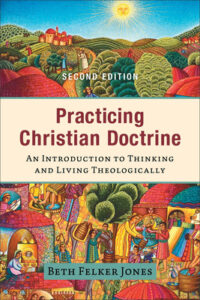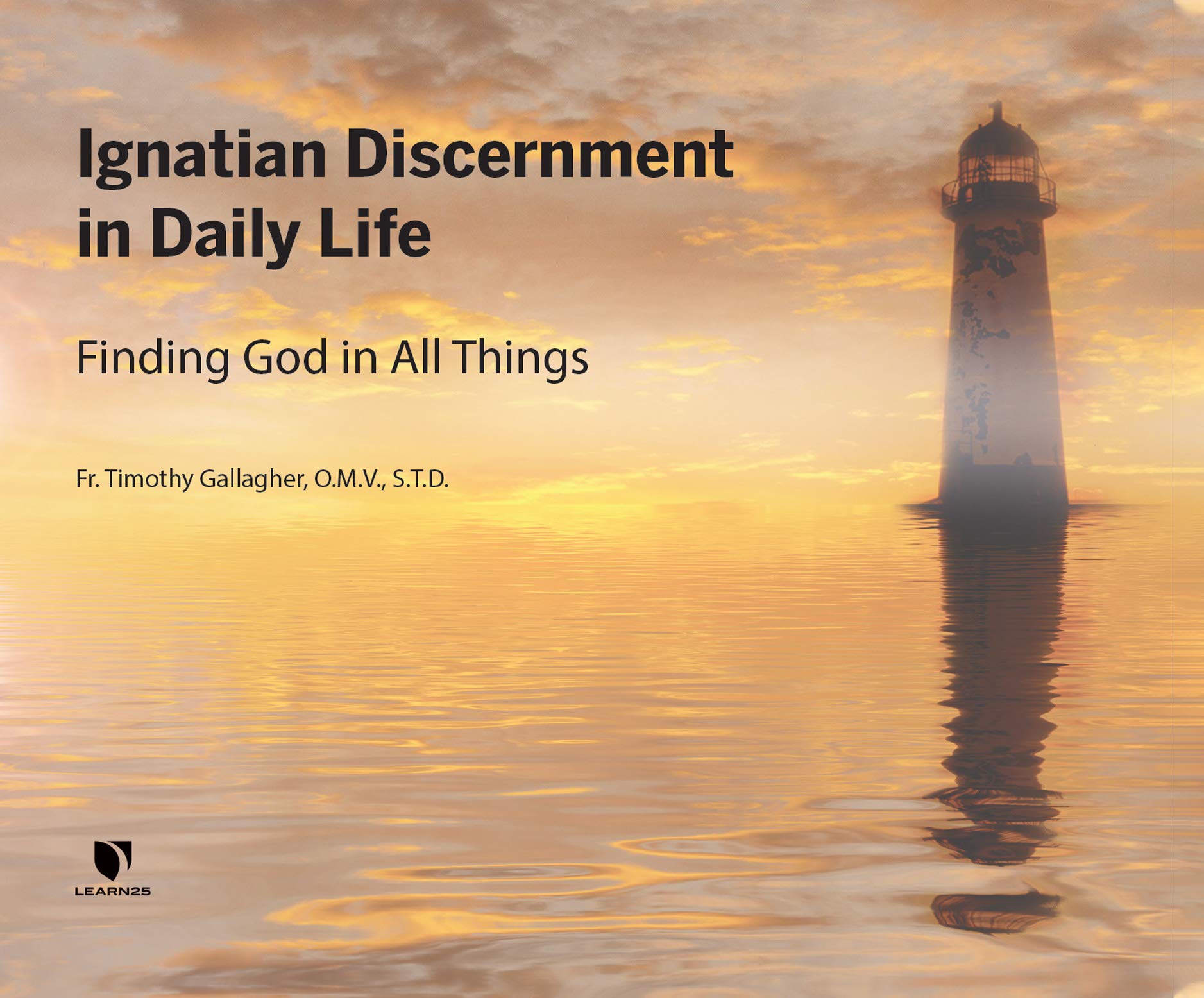 Summary: A series of lectures based on The Discernment of Spirits: An Ignatian Guide for Everyday Living by Timothy Gallagher
Summary: A series of lectures based on The Discernment of Spirits: An Ignatian Guide for Everyday Living by Timothy Gallagher
I previously read Gallagher’s Discernment of Spirits as part of my spiritual direction training. Because I thought it was a helpful book, I wanted to revisit it as I am more intentionally investigating discernment. This format is a series of lectures based on the book, but it is not the book’s complete text. Gallagher is conversationally discussing the content of the book. It has been several years since I read it, but I remember many of the illustrations and points.
Ignatius’ Rules of Discernment are intended as a guide for spiritual directors to help those they are working with to see patterns as they seek to discern the movement of God in their lives. Most of the rules are, in one way or another, about Consolation or Desolation. Ignatius relies heavily on emotion and internal feelings as one of the tools of discernment. He does not simply accept that emotion or feelings are God’s method of speaking to us. Sometimes, feelings are just feelings. Sometimes, they are part of temptation. But sometimes, they are part of how God communicates with us. If God has created us with a personality, experiences, giftings, etc., then getting in touch with all of that will be part of becoming who God wants us to be.
